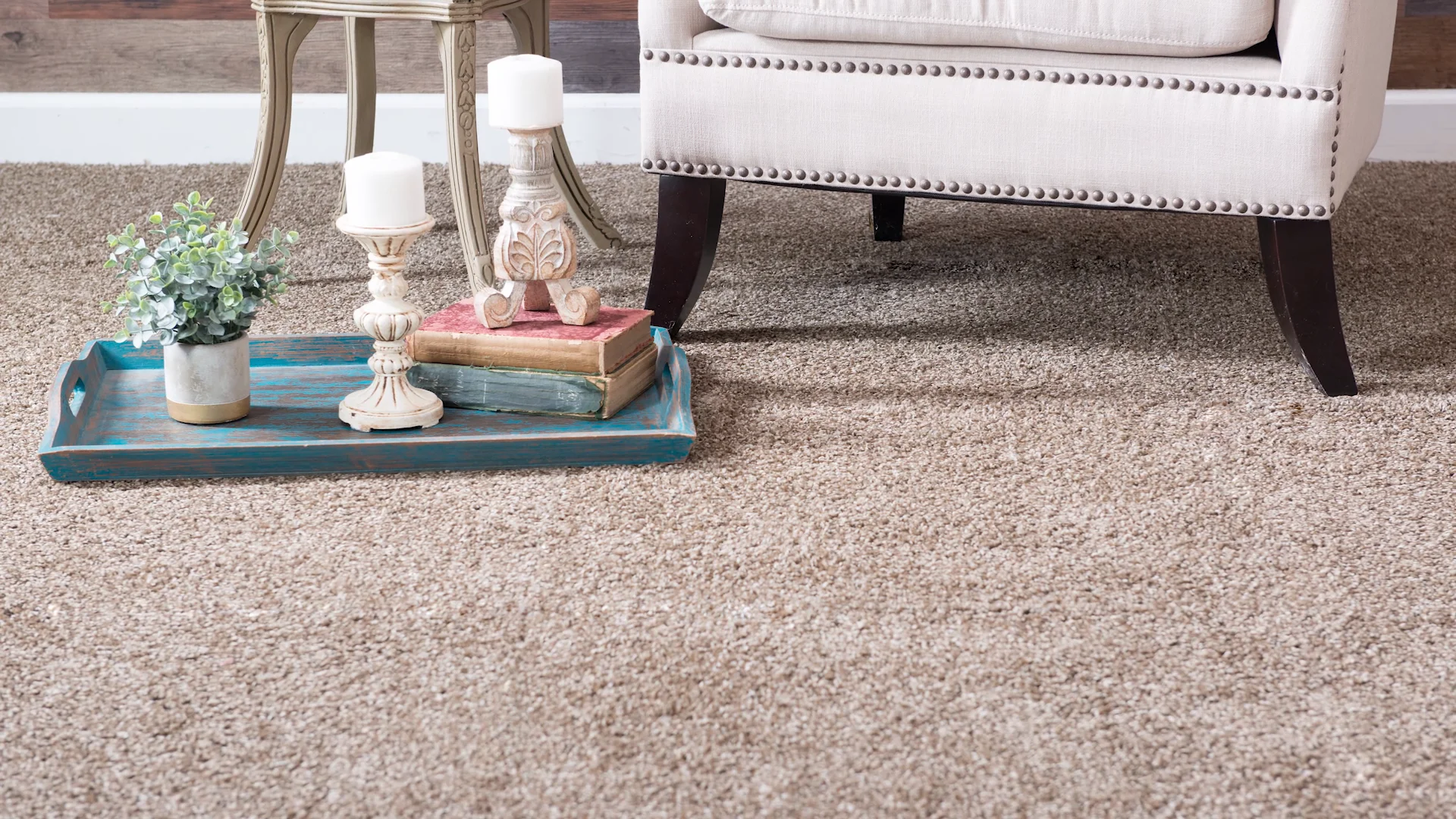Carpet
Installing new carpet can completely transform a room, adding warmth, comfort, and style.
Tools and Materials You'll Need
Tools Required
- Tape measure
- Chalk line
- Knee kicker
- Carpet stretcher (also called a power stretcher)
- Carpet knife (utility knife with sharp blades)
- Seam cutter
- Seam roller
- Carpet tucker or stair tool
- Trowel (if using carpet adhesive)
- Hammer
- Pry bar
- Staple gun (for stair installation)
- Tin snips or metal shears (if installing tack strips)
- Safety gear: gloves, knee pads, dust mask
Materials Required
- Carpet
- Carpet padding
- Tack strips
- Carpet seam tape (for joining seams)
- Carpet adhesive (for glue-down installation)
- Transition strips (if needed)
- Nails or staples (for securing padding)
- Double-sided carpet tape (optional for securing edges)

DIY Guide: How to Install Carpet – Step-by-Step
Installing new carpet can completely transform a room, adding warmth, comfort, and style. While professional carpet installation is always an option, a dedicated DIYer can tackle the job with the right tools, materials, and careful planning. This guide will walk you through every single step of the carpet installation process, from preparing the subfloor to laying the carpet and securing the seams.
Stretch-In Installation – The most common method, using tack strips around the room’s perimeter to stretch and secure the carpet.
Glue-Down Installation – Best for commercial spaces or high-traffic areas, where carpet is glued directly to the subfloor.
Carpet Tiles – A DIY-friendly option that allows for easy installation and replacement of individual tiles.
Double-Sided Tape Installation – A simple method for small rooms or rugs that don’t require full installation.
A clean, smooth, and dry subfloor is crucial for a successful carpet installation.
Remove all existing flooring (old carpet, padding, and staples).
Sweep and vacuum to remove dust and debris.
Check for high spots or low areas and level them as needed.
If installing over concrete, ensure it is fully dry and use a moisture barrier if necessary.
Secure any loose floorboards or subfloor panels to prevent squeaking.
Tip: If installing carpet over concrete, allow it to acclimate for 24-48 hours in the
room to prevent shrinking after installation.
Place tack strips around the perimeter of the room, about ½ inch from the wall.
Use a miter saw or tin snips to cut the tack strips to fit around corners.
The angled nails should be pointing toward the walls to grip the carpet.
Secure the tack strips to the floor using nails or screws (if installing over wood) or
construction adhesive (if installing over concrete).
Warning: Do not place tack strips across doorways! This can create a tripping
hazard and interfere with transition strips.
Roll out the carpet padding perpendicular to the direction of the carpet.
Use a staple gun to secure the padding to the subfloor (if wood) or adhesive tape for concrete.
Trim excess padding along the inside edges of the tack strips.
Tape seams together with carpet seam tape to prevent shifting.
Tip: Use high-quality padding to extend the lifespan of your carpet and improve
comfort underfoot.
Unroll the carpet in the room and let it rest for a few hours to relax any creases.
Measure and cut the carpet slightly larger than the room dimensions (leave 3-4 inches
of excess).
Use a chalk line to mark straight cut lines before trimming with a carpet knife.
Tip: Always cut carpet from the back side to prevent fraying and ensure cleaner
cuts.
If your room is larger than the carpet roll, you'll need to join two pieces together seamlessly.
Overlap the two carpet edges by about 2 inches.
Use a seam cutter to trim both pieces simultaneously for a perfect match.
Place carpet seam tape underneath the seam and use a seam iron to activate the
adhesive.
Press the seam together and roll over it with a seam roller to blend the fibers.
Tip: Always position seams in low-traffic areas to make them less noticeable.
Using a Knee Kicker (for Tight Spaces)
Place the knee kicker about 4-6 inches from the wall.
Push the kicker forcefully with your knee to attach the carpet to the tack strips.
Using a Carpet Stretcher (for Larger Areas)
Extend the power stretcher across the room, with one end braced against the wall.
Push the stretcher’s lever to pull the carpet tight.
Hook the carpet onto the tack strips while stretched.
Tip: Carpet must be stretched tightly to prevent future wrinkles and buckling.
Use a carpet knife to trim excess carpet along the walls.
Use a carpet tucker or stair tool to tuck the edges between the baseboard and tack
strip.
If needed, secure loose edges with double-sided carpet tape or adhesive.
If your carpet meets tile, hardwood, or another flooring type, install transition strips for a
smooth transition.
Cut the transition strip to fit.
Secure it with nails, adhesive, or screws.
Press the carpet edge into the strip for a seamless finish.
Vacuum the carpet thoroughly to remove loose fibers.
Inspect seams and edges for any loose areas.
If needed, lightly dampen the carpet and let it dry overnight to settle fibers.
Tip: Avoid heavy furniture for 24-48 hours to allow the carpet to settle properly.
Common Challenges & How to Solve Them
Wrinkles or ripples in carpet – This happens if the carpet isn’t stretched tightly. Use a power stretcher for best results.
Visible seams – Make sure seams are cut precisely and use a seam roller to blend the fibers.
Carpet won’t grip tack strips – Ensure tack strips are positioned correctly, with the nails angled toward the wall.
Uneven padding – Double-check that the carpet padding is trimmed neatly at the tack strips and taped securely.
Frayed edges – Always cut carpet from the back side using a sharp knife to prevent fraying.
Final Thoughts
Installing carpet requires patience and precision, but with the right tools and techniques, you can achieve a professional-looking result. Whether you’re upgrading a single room or an entire house, following these steps will help you lay carpet like an expert.
📢 Have any questions? Need professional carpet installation instead of DIY?
We offer expert carpet installation services in Denver, Golden, Lakewood, Arvada, and surrounding areas.
✅ Expert craftsmanship – We handle everything from prep to finishing.
✅ Fast & reliable service – Get your carpet installed by pros.
✅ Free estimates available!

